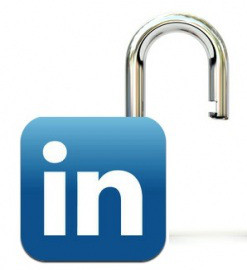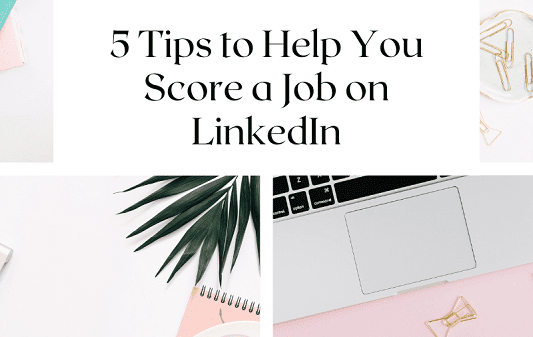Historically, LinkedIn has been hesitant to add security features to its social network that control who can see a person’s profile. This is because the company’s owners believed it was the users’ responsibility to manage their own security by not posting anything that could hurt their reputation. However, LinkedIn recently changed its thinking and decided to release a member blocking tool because of demand from users. Take a look at what the member blocking tool entails and then explore some of the other security features LinkedIn has experimented with in the past.
LinkedIn’s New ‘Member Blocking’ Tool
In February 2014, LinkedIn updated its privacy settings to add a member blocking tool to fix stalker problems. Users can now prevent certain individuals from seeing their profile by adding them to a list of blocked members. Up until now, LinkedIn was the only social network that did not have some sort of blocking feature. However, they have always had security settings to adjust user visibility, which LinkedIn thought was enough.
Even though LinkedIn introduced a member blocking tool, they are not actively discussing it or telling people how to use it. This is because LinkedIn doesn’t want to encourage people to sever connections – after all, they want everyone to build a large network. The new member blocking tool is a sign that LinkedIn is going to start making other security changes, too.
Security Problems at LinkedIn in the Past
In June 2012, LinkedIn suffered a huge security breach. Hackers stole around 6.5 million customers’ passwords. Apparently, LinkedIn had not spent enough time or money on encryption. This was the trigger that started all of the new security changes.
LinkedIn should have been better prepared to handle hackers because everyone knows that big companies get attacked digitally all of the time. Companies that store a lot of customer information are the most at risk, and LinkedIn is at the top of this category. LinkedIn faced a $5 million lawsuit because of the security breach. They are now much better equipped to protect customer passwords and information. The member blocking tool goes along these same lines.
Another feature that was implemented by LinkedIn because users wanted more security was the Secure Browsing Mode. If you use LinkedIn from any location besides your home, they have come up with a way to protect you from hackers and WiFi eavesdroppers. All you have to do is enable the Secure Browsing Mode in user settings.
LinkedIn’s ‘Intro’ App Fiasco
LinkedIn has definitely had its fair share of security problems. One of the most recent was its ‘Intro’ app. LinkedIn introduced a mail app in October 2013 called ‘Intro’. It was supposed to help people grow their professional network through their email. Basically, LinkedIn would display the profile of any person that sent the user an email. Then, the user would have the opportunity to connect with their contact on LinkedIn.
Security firms instantly voiced concerns that LinkedIn’s new ‘Intro’ feature was insecure because of how it works. LinkedIn reroutes the email through an internal system and then adds additional information before sending it to the user. Security Manager, Cory Scott, stressed that the company made it as secure as possible, citing that they used encrypted data that was instantly deleted upon leaving LinkedIn’s system. However, the security industry was still unsatisfied and LinkedIn will discontinue ‘Intro’ in March 2014.
Whenever you post any information about yourself on the Internet, you are unintentionally gambling with the system. This is true no matter which medium you are using - LinkedIn, email, Facebook, etc. The problem is that people may misinterpret your words and cause you all sorts of problems. They may also try to steal your personal information to take your money or do other harm. Even with all of the security measures social networks like LinkedIn take, you still have to take matters into your own hands to protect yourself online.
These are just a few of the security problems and concerns that LinkedIn deals with on a daily basis. It will be interesting to see what updates they come up with next. What do you think is in store for LinkedIn?
Joseph Stark Jr. is a freelance writer and blogger by day, focusing on technology and web design niches. By night he is a tech junkie, gym member, and avid comic book enthusiast.

2 Comments
Leave a Reply
Cancel reply
Leave a Reply
This site uses Akismet to reduce spam. Learn how your comment data is processed.


























































































































































































Shailesh
March 19, 2014 at 8:39 am
Great Post. LinkedIn is very popular in young entrepreneurs. Lots of people are already registered with LinkedIn. They have created a good Profile page and promote their business with it. It’s better way to connect with other peoples and grow their businesses.
thank you for sharing and keep it 🙂
Gazelle
April 10, 2014 at 12:04 am
Awesome Post! Linked in was huge out the gate and now with the new design and function additions hopefully it stays on the for front of business social media sites. The way they are starting to charge its user base for features I feel will hold it back, but you have to pay for the ship somehow!
Great article!